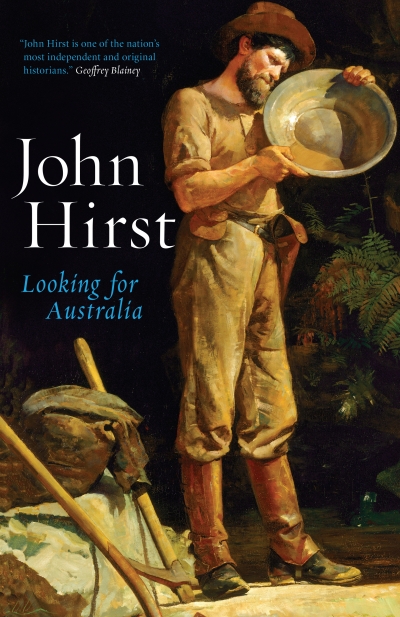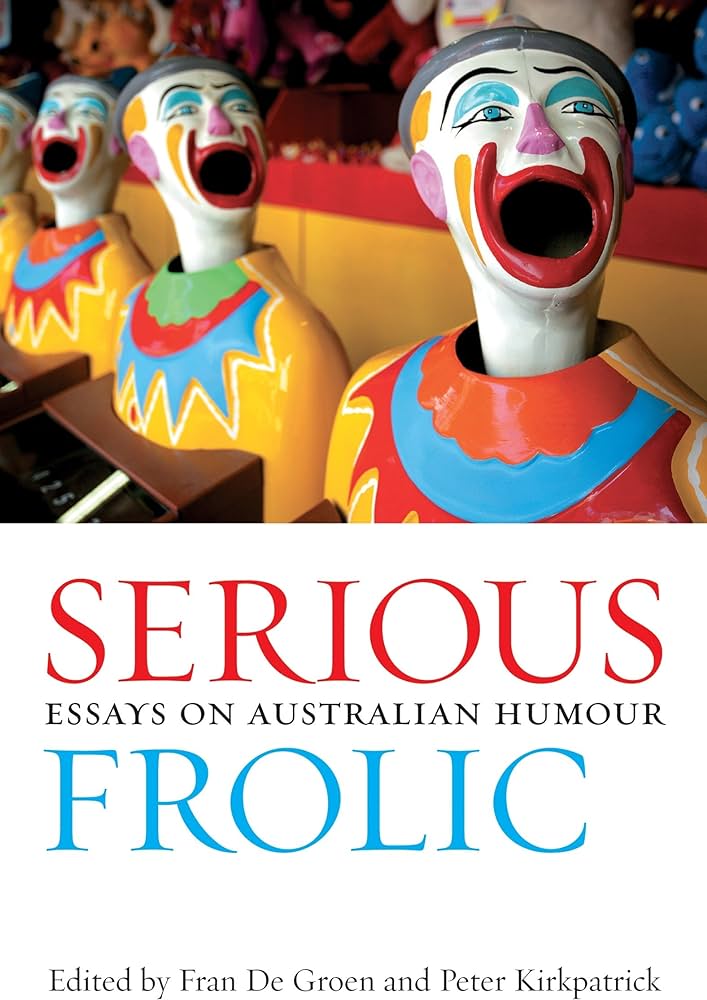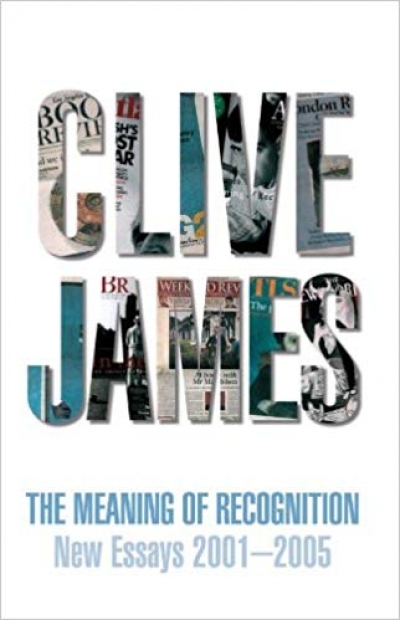Essay collections
John Hirst is a distinctive figure in Australian intellectual life. As an academic, he has had a distinguished career at La Trobe University in teaching, supervision, and research. He developed new subjects and methodologies with which to teach them. In addition to those concerning Australian history, there was his pioneering subject designed to inform students about Australia’s European cultural heritage, with some of the lectures recently published as The Shortest History of Europe (2009).
... (read more)Beyond Belief: Skepticism, science and the paranormal by Tamas Pataki
Scepticism in the ordinary understanding is a doubting disposition, a healthy questioning mistrustfulness of extravagant or suspect claims to knowledge. Philosophical scepticism incorporates the attitude, but is more comprehensive in its objects. A philosophical sceptic may doubt the possibility of all knowledge, as the ancient Pyrrhonists did, or question our ability to obtain specific but fundamental kinds of knowledge. Early twentieth-century philosophy, for example, was much exercised by sceptical challenges to prove the existence of the ‘external world’ and minds other than one’s own. How do I know that there are other minds when all I ever see are bodies and behaviour? How do I know that there are material objects when all I directly apprehend are subjective sense data or perceptions?
... (read more)Companion to Women’s Historical Writing edited by Mary Spongberg, Ann Curthoys, and Barbara Caine
Do not be put off by the earnest and fusty-sounding title. The Companion to Women’s Historical Writing is not a book to acquire for the reference shelf on the off chance of needing to look up some arcane topic in the future. Quite the contrary. I have found it to be a most enjoyable bedside companion. Arranged alphabetically, with more than one hundred and fifty entries, it offers thumbnail sketches for a quick dip and more substantial essays to hold the attention in a longer engagement. The three editors, like most of the other fifty or so contributors, are distinguished writers in their own fields. Mary Spongberg, at Macquarie University, is the editor of Australian Feminist Studies; Ann Curthoys, from Sydney University, is a doyenne of Australian cultural and political history; and at Monash, Barbara Caine is a leading scholar of nineteenth- and twentieth-century British history. Drawing on their own research fields, each has provided long and lively analytical pieces, as well as writing a great many of the shorter entries. With some six hundred pages, plus another hundred when the index and bibliography are included, the Companion is a good fat book that will not sell the reader short. The new paperback edition has presumably been issued as a consequence of the success in the last five years of the expensive hardback.
... (read more)Drawing the Line: Using cartoons as historical evidence edited by Richard Scully and Marian Quartly
It is no secret that scholarly publishing is between a rock and a hard place these days. The rock is the proliferation of titles demanded by university research quanta and government assessment exercises. The hard place is the endless tightening of library acquisitions budgets. The result is ever-shrinking print runs, ever-growing covert or explicit publication subsidies and a rational but extreme conservatism in the commissioning habits of those academic presses that strive to remain quasi-commercial. Essay collections, in particular, have a hard time as book proposals, because, as publishers will tell you, people don’t buy them.
... (read more)A Singular Voice: Essays on Australian art and architecture by Joan Kerr edited by Candice Bruce, Dinah Dysart, Jo Holder
Although it is regrettable that A Singular Voice: Essays on Australian art and architecture by Joan Kerr, first proposed in 2003, when Kerr was still alive, has taken so long to appear, it has been worth the wait. The handsomely produced book displays Kerr’s writings to advantage, and the sparing but judicious use of images enhances and reinforces the egalitarian kind of art history that Kerr espoused.
... (read more)Serious Frolic: Essays on Australian Humor edited by Fran de Greon and Peter Kirkpatrick
It is never a good moment at a party when, after one and a half drinks, the person you’re talking to pronounces herself ‘a little bit crazy’. You haven’t, as a rule, stumbled into the company of a psychopath; more probably, the opposite. The person who feels the need to claim craziness is nearly always the dullest, most conformist person in the room, and now you need to find a civil way of escaping her. Something similar obtains with self-attributions of a good sense of humour.
... (read more)The Best American Essays 2008 edited by Adam Gopnik & The Best Australian Essays 2008 edited by David Marr
In 1977, in three consecutive issues, the New Yorker published Hannah Arendt’s ‘Thinking’. Each part was called an ‘article’, a strangely modest, journalistic word in the face of the length of each part of the essay and the profound subject. Thirty-two years ago, the magazine showed curmudgeonly modesty: writers were named in small print at the foot of each ‘piece’, there was never, god forbid, a sub-editor’s catch-all under the title, no short biographies of the writers were printed, and there were never, ever, visual illustrations or photographs to accompany the text. The issue in which the first of Arendt’s ‘articles’ appeared included poetry by Mark Strand; the long book review was by George Steiner; Pauline Kael was the film reviewer; there were four Saul Steinberg drawings; and Andrew Porter reported on classical music. The list of names we revere could go on.
... (read more)In Doubling The Point (1992), one of J.M. Coetzee’s earlier collections of criticism, there is a long, closely argued essay titled ‘Confession and Double Thoughts: Tolstoy, Rousseau, Dostoevsky’. It has a more scholarly flavour than much of Coetzee’s subsequent non-fiction – collected in Stranger Shores (2001) and his latest volume, Inner Workings – but it is a characteristically lucid piece of analysis that throws an interesting light on his ideas about the imperatives of writing.
... (read more)Hands up those who know where Upper Ulam is. In what Melbourne convent school was Veronica Brady’s spiritual and aesthetic education nourished? Can anyone name Eva Sallis’s latest work of fiction or identify the school, somewhere outside Adelaide, where Sallis practised the violin and took her turn at milking the cow?
... (read more)The Meaning of Recognition: New Essays 2001–2005 by Clive James
Clive James once said that the problem with being famous is that you begin by being loved for what you do and end up thinking that you are loved for who you are. Quite possibly, it is to avoid such a fate that James has returned in the past few years to the thing that got him noticed in the first place – writing dazzling prose. Absenting himself from the Crystal Bucket, he has become once more a full-time writer, popping up in the Times Literary Supplement and Australian Book Review with gratifying regularity. The title of his latest collection of essays refers to its first and final pieces, both of which deal with the crucial difference between celebrity and recognition, a subject currently dear to his heart, partly for the reason outlined above, partly because the current media is saturated with noisy nonentities. Since James is no doubt frequently recognised by people ignorant of the very achievement for which he really deserves recognition, his thoughts on the subject are clearly invaluable.
... (read more)









